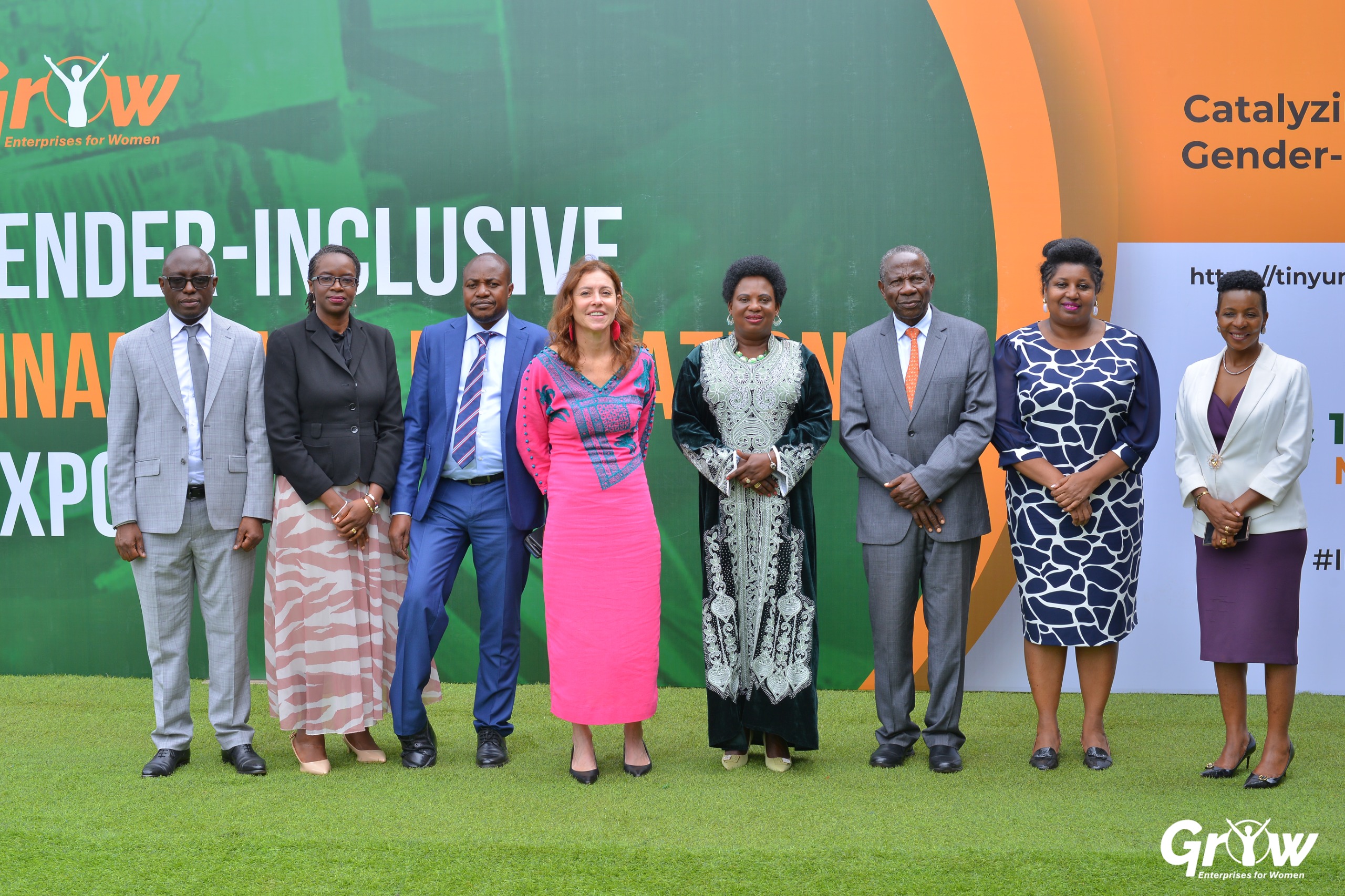In all countries be it rich, middle-income and poor, kids from the poorest families are bearing the largest losses as their opportunities to maintain any educational engagement through remote learning are limited. Internet access for them is poor only half of all students in middle income countries and just a tenth in the poorest countries have web access.
The use of Televisions and radios and facilitating learning materials helped, but it couldn’t replace interactive education. ‘Learning’ cannot just mean watching television or listening to the radio for a few hours a day as the Ugandan ministry of Education had proposed.
Governments across the globe will spend about $5 trillion on K-12 education this year. But unless they get all children and young people back to school, keep them in class, and recover the central elements of learning, this generation could lose twice or three times that amount in earning losses says the world Bank.
It is two years since the pandemic started. Nearly all countries decided that one of the main ways to fight the pandemic was to keep students out of school and universities. Public health experts had decided that keeping education institutions open would lead to further spread of the virus. To “flatten the curve” and prevent overcrowding of hospitals, kids would have to stay home.
As our action role models, many European and some East Asian states reopened school relatively quickly, conscious of both the obvious costs for kids and the scant evidence of the benefits of the complete closure. But in many countries in South Asia, Latin America, Middle East, and even in East Asia like Uganda, school closures were maintained for exceptionally long periods.
By the end of 2021, school days lost were well above two hundred that’s about a school year and a half. This prolonged interruption in learning could have grave long lasting effects, particularly in middle income and poor countries like my Uganda.
A number of the impacts will be on children and youth who happened to be between 4 and 25 years old in 2020 and 2021, generating a huge intergenerational inequality. Being out of school for that long means that children not just stop learning, they also tend to forget a lot of what they have learned.
The impact of the millions of lives lost due to the disease caused by the COVID 19 virus. The human suffering caused by job instability and poverty. The children and youth who should have been in school but were told to stay at home.
More than any crisis of the last decades, the COVID-19 pandemic has redefined childhood on a global scale. From its effect on mental health and increased vulnerability to abuse, to its disruption of education, the catastrophic impact of the COVID-19 pandemic on children must be fully examined and redressed.
Too many children remain in limbo, eager to move forward with their dreams but with little control over their present realities. While their struggles are undeniable, so is their resilience and desire to participate in rebuilding a better future.
The COVID-19 pandemic continues to have ruinous consequences for children across the globe.
Economic instability is disrupting essential services and making it harder for families to make ends meet. Rates of domestic and gender-based violence are on the rise, especially in the most vulnerable communities and households.
Majority of children are affected by partial and full school closures, while the first day of school has been indefinitely postponed for a number of children national wide.
Fortunately, with the roll-out of COVID-19 vaccines, it may seem as though the tide is finally turning at least for some. The harsh reality is that for millions of children, the crisis is getting worse. In many communities, children are experiencing reduced access to vital services, including health care, mental health support, social protection and education.
Unlike in Uganda, COVID-19 vaccines are not being provided fast enough or equitably. In some European and African countries, the pandemic is at its worst point yet because of the emergence of new, more infectious variants of the virus.
The result is a widening of the already large inequality of opportunity. In the developing world, COVID-19 might lead to lower growth, higher poverty and more inequality for a generation, a terrible triple threat to global prosperity for decades to come.
When the fallout of the coronavirus is finally tallied, it will become clear that its biggest damage is the lost learning of school-goers.
A decade from now, we may look back and find that the biggest permanent loss of this pandemic was avoidable. We can act now and avoid the regret.
Lukanga Samuel
lukangasamuel55@gmail.com
+256 785 717379
The writer is a social development enthusiast and a judicious youth leader from Nakaseke District of central Uganda.
Do you have a story in your community or an opinion to share with us: Email us at editorial@watchdoguganda.com












